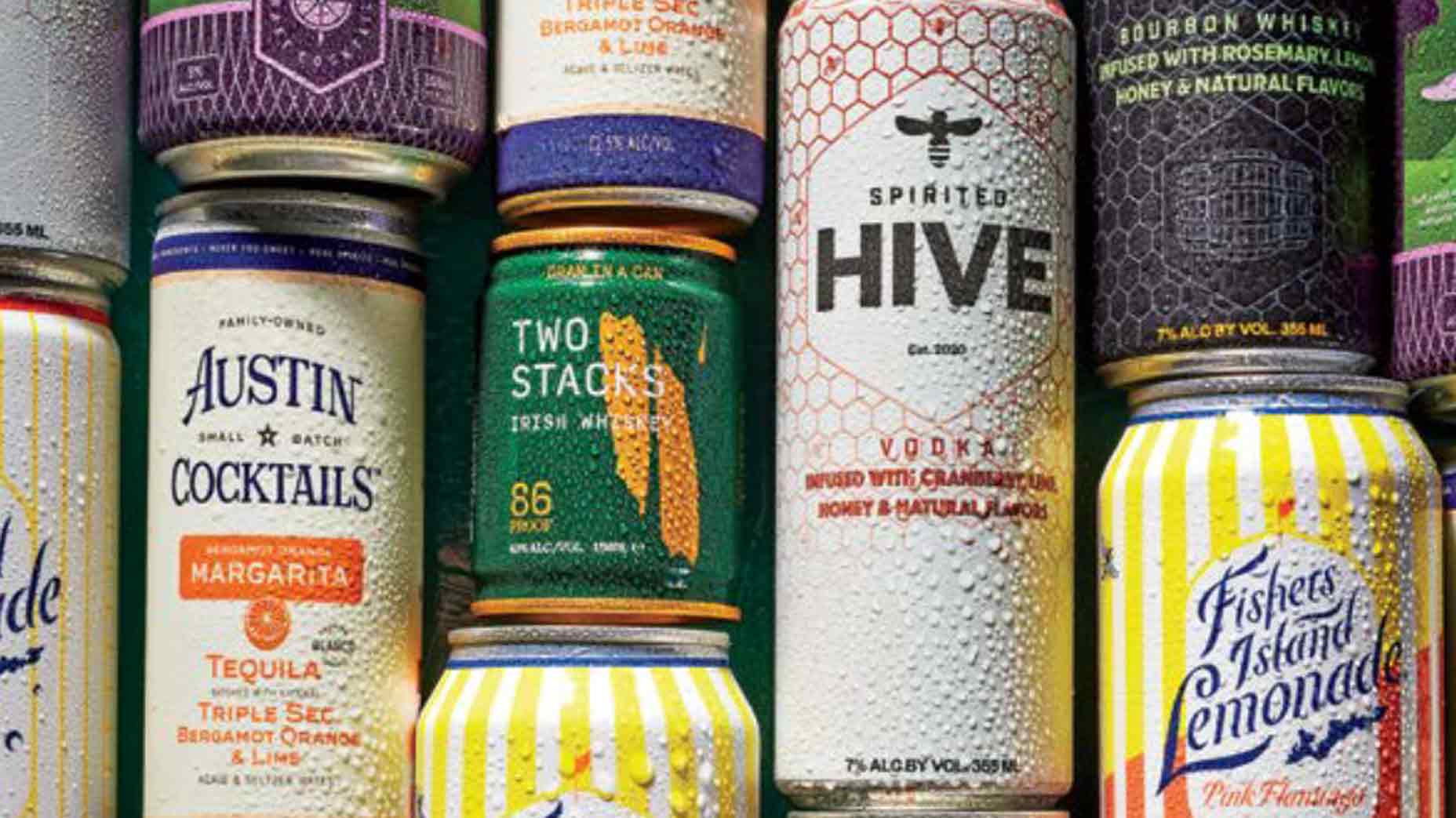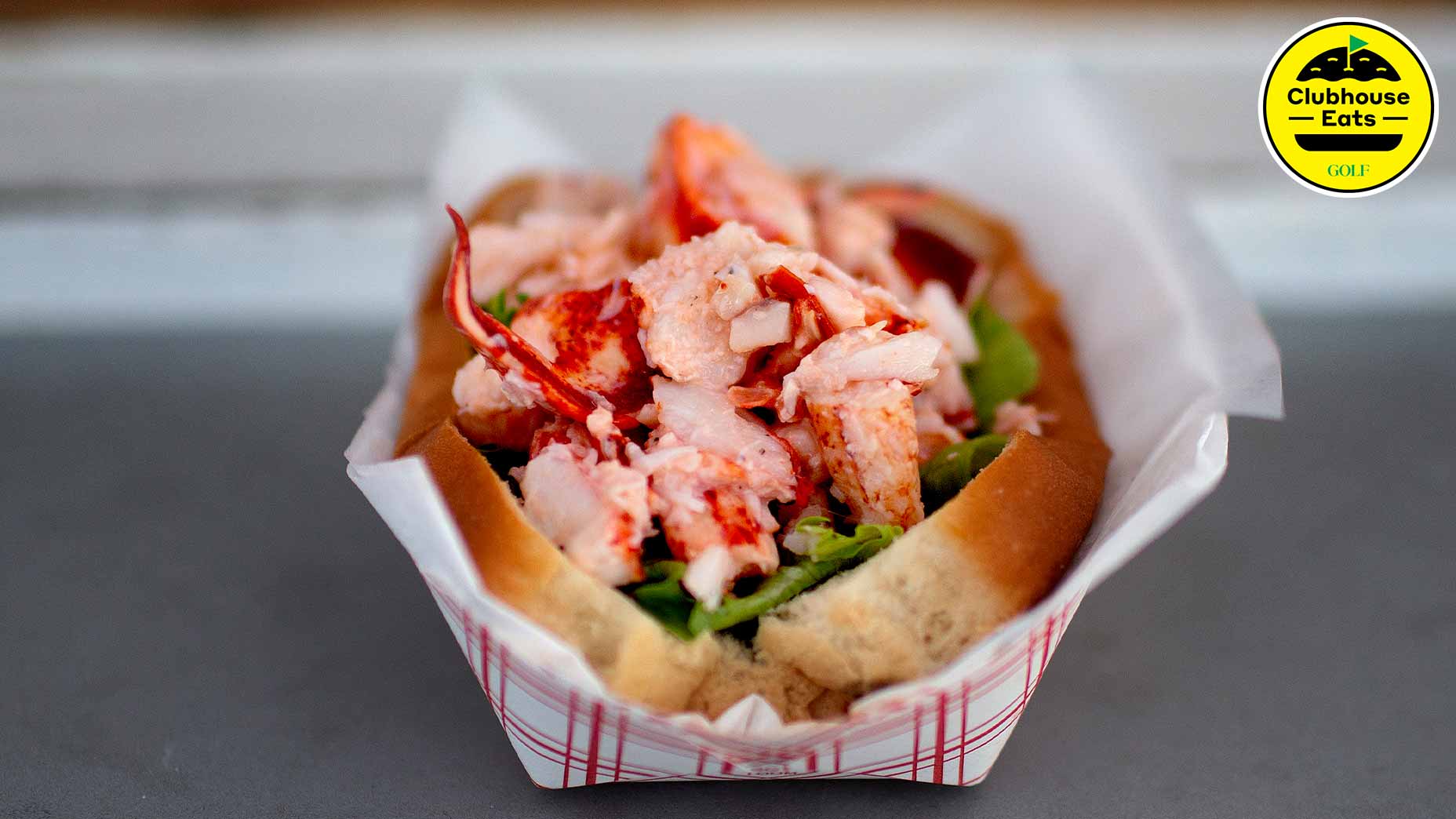The secret to making perfect pizza at home, according to a golf-club chef

You, too can make restaurant-quality pizza at home.
Getty Images
Welcome to Clubhouse Eats, where we celebrate the game’s most delectable food and drink. Hope you brought your appetites.
***
Say cheese!
Or pepperoni. Or sausage and mushroom. It’s doesn’t really matter.
The point is, you’ve got pizza. Life is good.
But what if you’re trying to do it on your own, striving to approximate the pies from your favorite pizzeria, restaurant, or golf club.
Matthew Gilbert is executive chef at Medinah Country Club, just outside Chicago. The Windy City is deep-dish territory, and while Medinah does not have a deep-dish program, Gilbert and his staff have a deep passion for pizza. They make their dough by mixing all-purpose flour with buttermilk, honey and sea salt, among other ingredients. They roll the dough balls out on a floured work surface, then give them a ‘blind bake,’ (a partial cook) in a hearth or on a grill. When orders come in, they add sauce and toppings and finish the job in a wood-fired oven.
That’s one way to do it. But pizza comes in countless permutations.
We asked Gilbert to supply us with some guidelines for making pies at home.
The Way to Go with Dough
Like any seasoned chef, Gilbert prefers home-made over store-bought. But if time or resources are an issue, he says, there are plenty of good options at the market “to unwrap, putting toppings on, and toss in the oven.” Gilbert says he’s had great success with naan bread pizza, for example. Just open the package, ladle on the sauce, add cheese and topping and toss the whole shebang in a pre-heated often. Bottom line: make your own dough if you can. But if it’s the difference between having pizza and not having pizza, “purchasing something is just fine and should be done without a trace of guilt or shame.”
To Toss or Roll
Tossing and stretching dough is the classic “old world” method, Gilbert says. It produces a great texture and a rustic, non-uniform shape when cooked. Blistered here, tender there, it’s a terrific, time-tested approach. Gilbert loves it. But he’s also fond of cutting and rolling dough into rectangles, ovals or rounds. It all comes down to the look and feel you’re after.
How to Bring the Heat
Lots of restaurants and pizzerias use wood-fired ovens, which can crank as high as 900 degrees. Along with an appealing smoky char, those intense temperatures also cook the pizza quickly, producing what Gilbert describes as “that famous crisp crust with a moist interior.” One trick with wood-fired ovens is that their searing temps leave little room for error. You can’t let your attention lapse.
At home, by contrast, most of us are working with conventional ovens, which generate less heat and involve longer cooking times. That allows for greater leeway than the wood-fire approach. But you still need to pay attention. The more time your pizza spends in the oven, the greater chance it has of drying out.
A pizza stone can help you skirt this pitfall. Get it “ripping hot” in a preheated oven before you introduce your pizza, Gilbert says, and it will help create a crusty caramelization while providing even heat for a consistent cook.
Grilling is another solid option. It’s a different style route that can yield a great result, “especially if you’re a fan of the old-world European flavor style that embraces a bit of bitterness.”
Make sure to get some grill marks on your dough without overdoing it, he says, and then remove it from the grill, add your sauce and toppings and finish it in a cranked-up conventional oven.
And to Top it Off
Toppings are both plentiful and polarizing. Pineapple and chicken on a pizza? Really? From a purist’s standpoint, there is often cause to grumble. But Gilbert isn’t big on hard-set rules. He sees pizza as “a vehicle to deliver a delicious combination of ingredients,” and in that regard, “the sky’s the limit.” Play around. Have some fun. Embrace tradition or buck it if you feel inspired. Variety is the slice of life.












